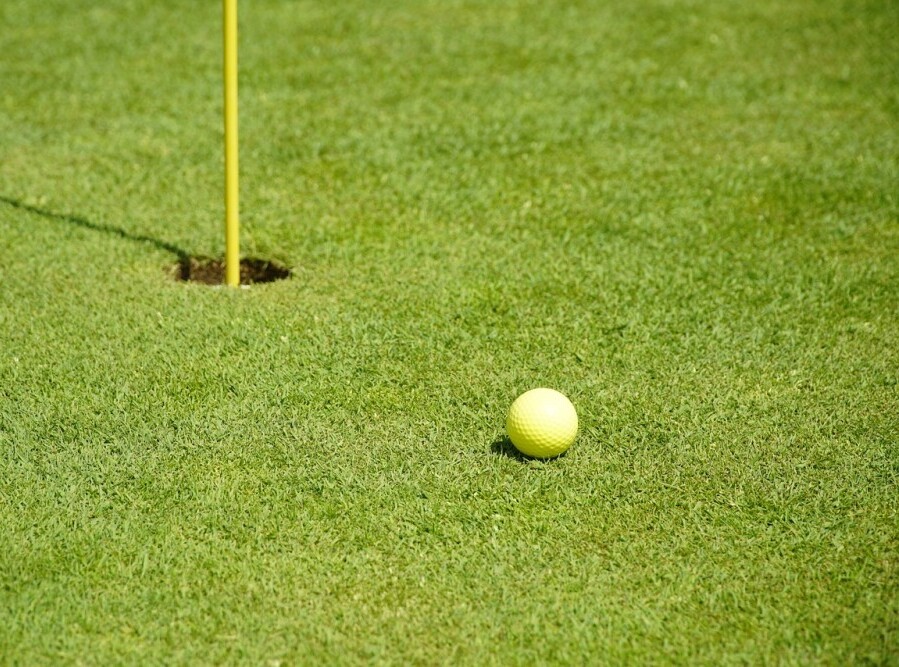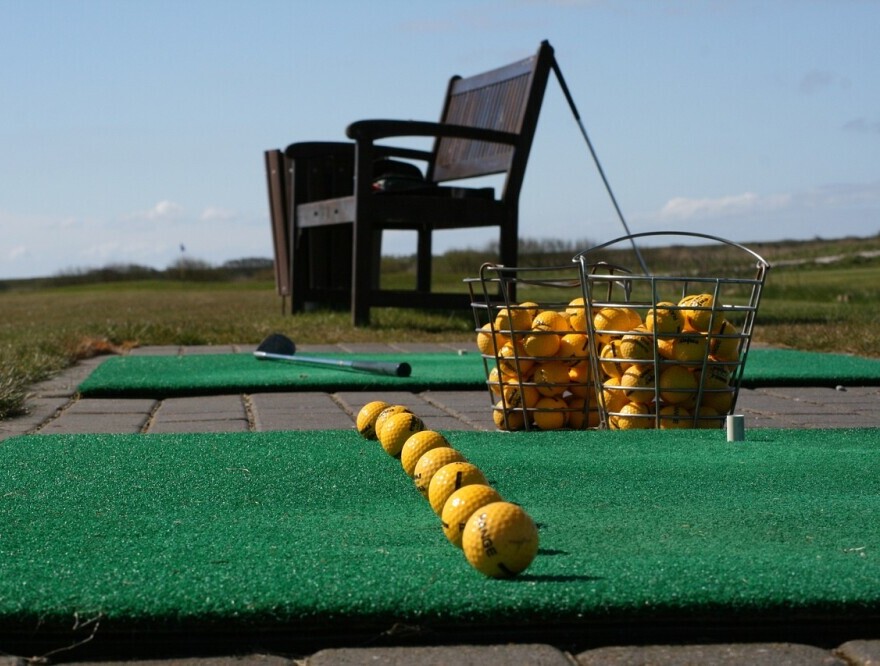How To Hit The Right Side Of The Green In Golf
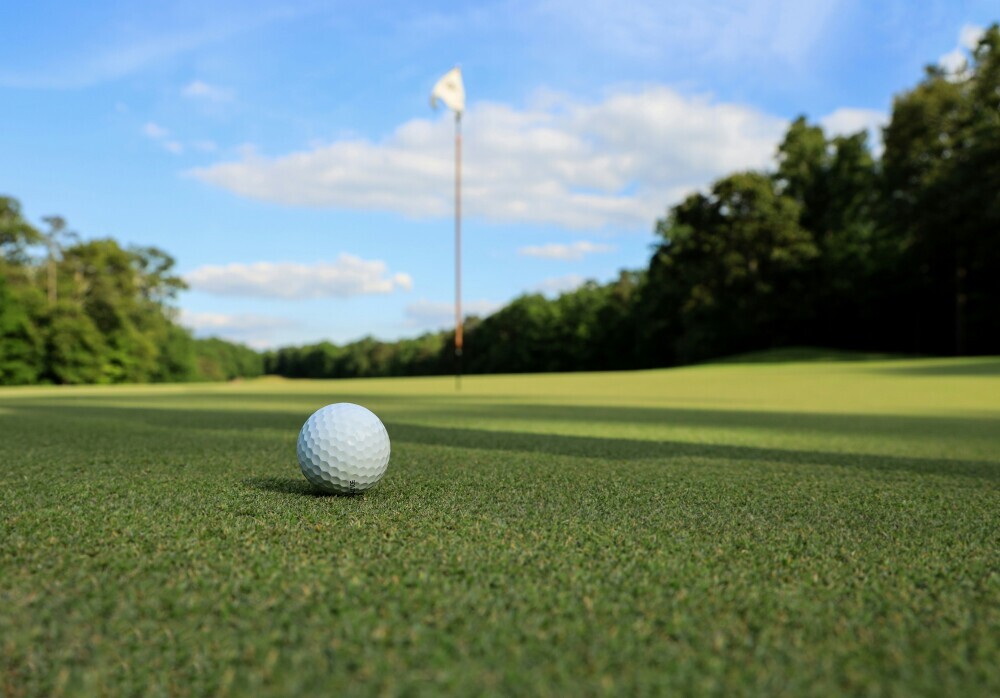

Fore! Some links on this page are affiliate links. If you click and buy, we may earn a small commission at no extra cost to you. We only recommend gear we believe will help you play your best golf.
Precision in golf isn’t just about hitting the ball as hard as you can; it’s all about control, especially when aiming for the right side of the green. This is where focus and accuracy really pay off. Nailing your target can make a world of difference to your scorecard. The golf viking is here to help you do just that. Today we’re talking about hitting the right side of the green to put you in the best position to sink your putt.
Each section of the green offers different challenges and opportunities. Landing your ball on the preferred side gives you a better putting angle, fewer hazards to worry about, and a clearer path to the hole. Finding yourself on the wrong side of the green can possibly add strokes to your hole, so getting your ball in the right spot can be crucial.
Missing your intended spot doesn’t just mean an annoying extra putt. It can lead to awkward chip shots or even landing in tricky sand traps. Not exactly what you want when you’re eyeing a birdie or par. Or it could even mean rolling your ball right off the green altogether. Getting your ball to the safe spot on the green will help you avoid all that.
Understanding how your shots interact with different parts of the green can really take your game to the next level. Aiming for the right side might give you an uphill putt, which is generally easier to control than putting downhill or across a slope. Downhill putts can be tricky, and there’s the risk of rolling your putt too far. But putting your ball on the right side of the green can save you from worrying about that.
Hitting your target side of the green starts with a repeatable, well-timed swing. Our mastering the golf swing guide breaks down grip, stance, alignment, and tempo so you can aim with confidence.
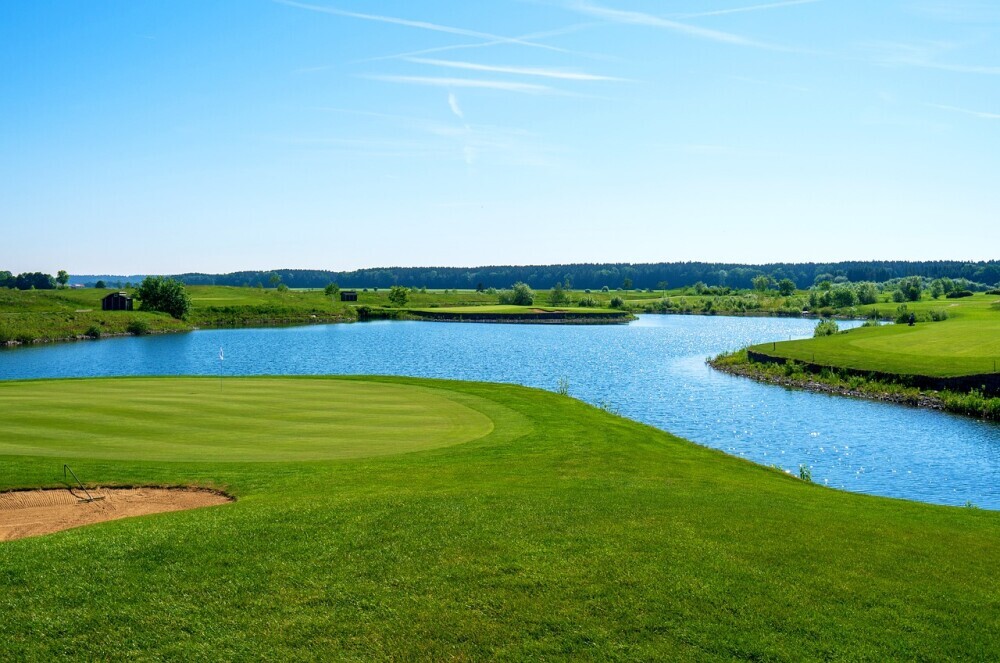
Strategic Targeting: Spotting the Ideal Landing Areas
Finding the perfect landing spot on the green can be a game-changer. To set yourself up for an easy putt, it’s crucial to identify and aim for the best sections of the green. This isn’t just guesswork; it’s about analyzing the landscape. Knowing which direction the green rolls will be key to knowing where you should hit your ball.
Some areas on the green are just better than others. Look for spots that give you a clear line to the pin, avoiding areas with steep slopes or hidden dangers. Those flat, open sections can make your next shot much more manageable. Usually the flatter spot is going to be the spot to aim for, as you want your ball to roll as little as possible.
Hitting the ball uphill is generally preferred. An uphill putt gives you that added control and keeps the ball from rolling way past the hole. On the flip side, a downhill putt can get away from you pretty fast. So putting yourself in a spot where you can have a nice and easy uphill putt will be to your benefit.
Certain pins, often called ‘sucker pins,’ lure you toward risky areas. These pins are usually placed near bunkers or water hazards. It’s smart to play defensively and aim for a safer section of the green, even if it means a bit longer putt. Some courses like to test your skills by placing the pin in difficult positions. This is all part of the golf strategy you’ll need to consider.
To consistently land on the right side of the green, you need to shape your shots on command. Our how to control your ball flight guide explains draws, fades, and trajectory adjustments in an easy-to-follow way.
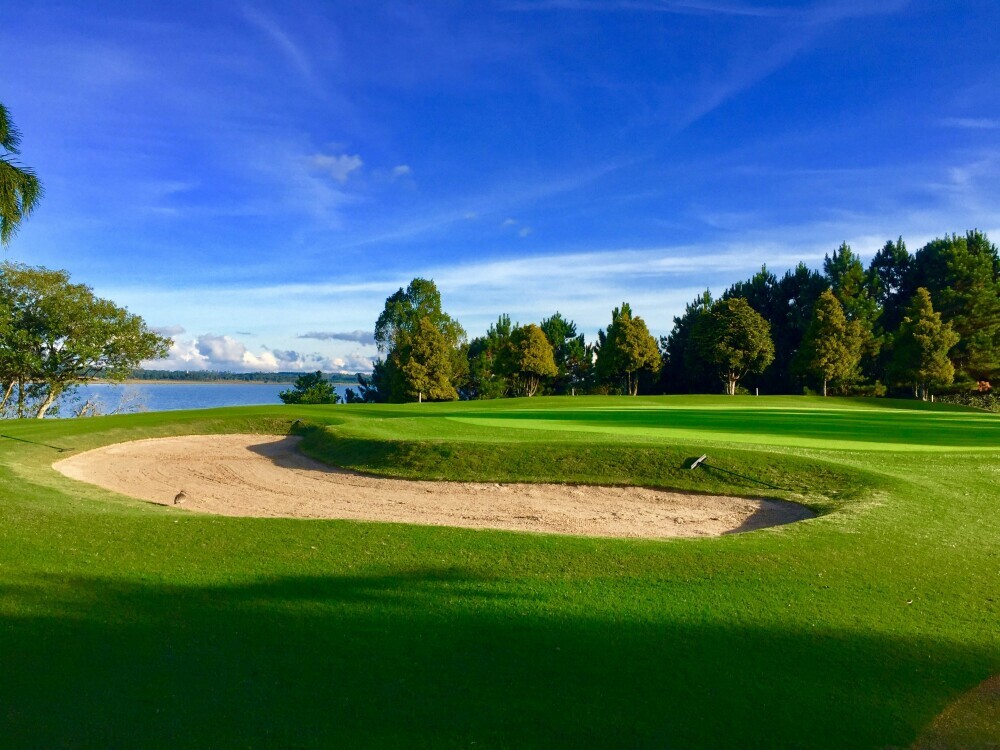
Mastering Control: Techniques to Land on the Right Side
Knowing how to control your shots is key to consistently hitting the preferred side of the green. It’s not just about choosing the right club; the angle of your approach matters greatly too. A slight adjustment in angle can mean the difference between a perfect roll and a trip to the rough.
Reading the green is an essential skill. Pay attention to slopes, breaks, and even wind conditions. Adjust your stance and aim to compensate for these factors, ensuring your ball lands just where you want it. The more information you have about the green, the more you will be able to understand what the safest spot for your ball may be.
Consistency is what practice is all about. Specific drills focusing on shot placement can help you develop a keen sense of distance and direction. Try setting small targets on the practice green and work on hitting them consistently from various distances.
Accuracy will prove important on the golf course. Knowing where to hit the ball is only part of the battle. The next step will be to successfully hit the ball accurately where you need it to go.
Remember, confidence plays a big role. Trust your swing and rely on the techniques you’ve practiced. Staying calm and focused can really help you execute those precise shots to the right spot on the green. Let’s get into how to set your ball up for the perfect opportunity to sink your putt.
The right equipment can help you hold your intended line. Our best irons for accuracy roundup features clubs designed to reduce dispersion and keep shots closer to your target area on the green.
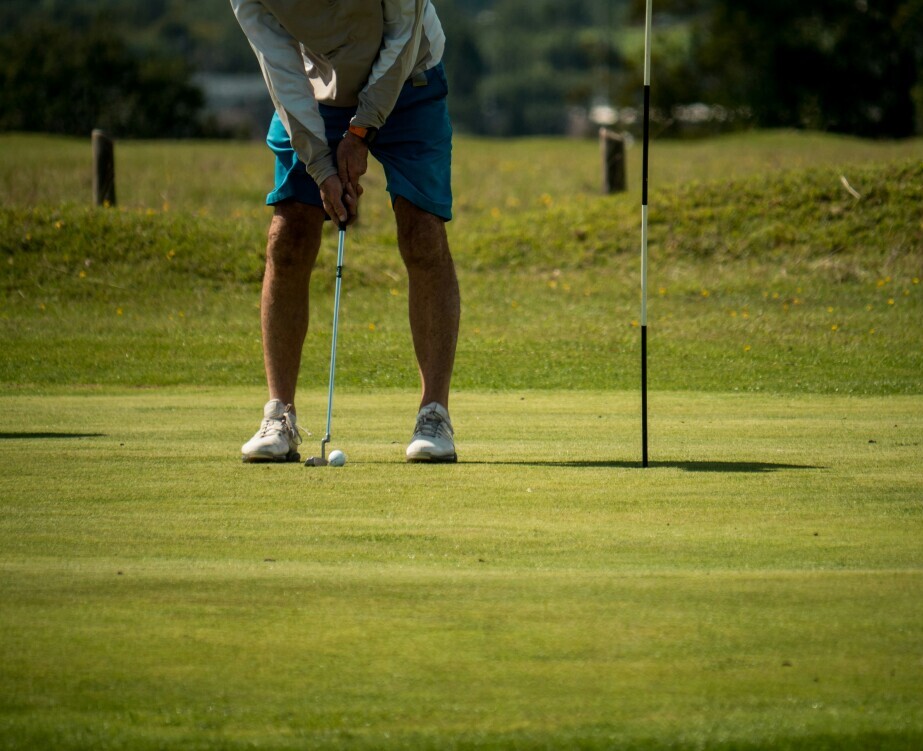
Planning the Play: Setting the Stage for a Perfect Putt
Positioning your ball for the next shot isn’t just about the flag; it’s about optimizing your chances for a successful putt. Targeting the larger areas of the green usually gives you a safer landing spot and more flexibility with your follow-up shots.
There are situations where you may need to play with more risk, but in general you will want to hit your ball where the green is flattest. This will help keep your ball from any unwanted rolling that may put you in a bad spot. But usually the flatter, the better when it comes to landing your ball onto the green.
Avoiding ‘sucker pins,’ which seem enticing but are riddled with risks, can help prevent unnecessary strokes. These pins often tempt players into risky scenarios near bunkers or water, so aim for a broader target area for better control. Getting caught into a greenside bunker might not be worth the risk, so don’t fall for these pins unless you feel confident that you’ll be able to hit the ball accurately.
Lining up your ball on a flat surface reduces the complexity of your putt, giving you a clearer path to the hole. Analyze the slope and adjust your landing area accordingly to ensure that your putt is uphill or across manageable terrain when possible. Misjudging this can make things tough, so make sure you understand the layout of the green and where your ball is going to roll once you get it on.
The mind game is real in golf. Knowing you’ve positioned the ball strategically helps in focusing your mental energy and sets a positive tone for making that perfect putt. Visualizing success is an essential part of strategy, right from the tee to the green. I’ll see you out on the golf course, hitting the right side of the green every time… like a golden golf god.
Sometimes the best way to hit the right side of the green is to plan your approach before you swing. Our golf course management tips teach you how to choose the correct club, aim point, and shot type for safer approaches.

